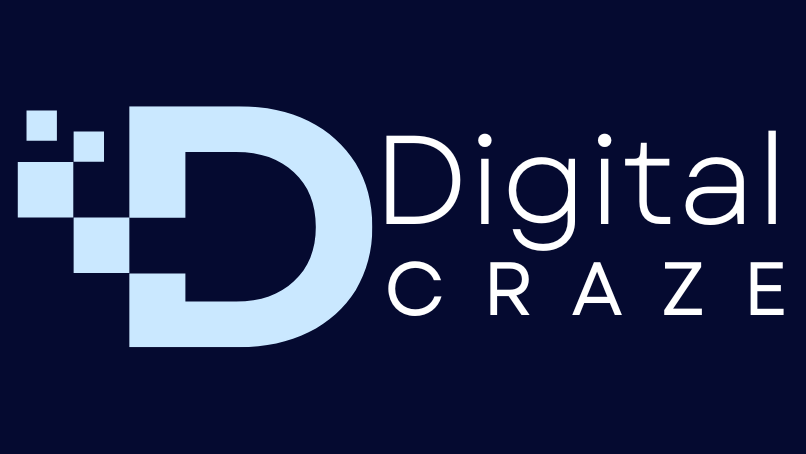Phi-3: A Breakthrough in Small Language Models
Microsoft’s Phi-3 represents a significant advancement in the field of artificial intelligence, specifically in the realm of small language models (SLMs). Unveiled on April 23, 2024, Phi-3 is designed to offer powerful AI capabilities in a more compact and efficient package.
The Power of Phi-3
Despite its smaller size, Phi-3 demonstrates remarkable performance across various benchmarks, often matching or surpassing larger models like GPT-3.5 and Mixtral 8x7B. This impressive feat is achieved through innovative training techniques and careful data curation, resulting in a model that’s not only powerful but also more accessible and cost-effective.
Variants and Capabilities
Phi-3 comes in several variants, each tailored to different needs:
- Phi-3-mini: With 3.8 billion parameters, it’s small enough to run on mobile devices yet powerful enough to rival much larger models.
- Phi-3-small: A 7 billion parameter model, offering a balance between performance and efficiency.
- Phi-3-medium: The largest variant, featuring enhanced capabilities for more demanding tasks.
These models excel in various areas, including language understanding, code generation, and mathematical reasoning.
Accessibility and Applications
One of Phi-3’s most significant advantages is its accessibility. Its smaller size allows for deployment on a wide range of devices, from cloud servers to mobile phones. This versatility opens up new possibilities for AI applications in various fields, including chatbots, data analysis, and content generation.
Responsible AI Development
Microsoft has prioritized safety and ethical considerations in Phi-3’s development, aligning it with their Responsible AI Standard. This focus ensures that Phi-3 is not only powerful but also trustworthy and safe for widespread use.
The Future of AI
Phi-3 represents a shift in AI development, demonstrating that smaller, more efficient models can deliver impressive results. This trend towards “AI democratization” could lead to more widespread adoption of AI technologies across various industries and applications. In conclusion, Phi-3 marks a significant milestone in the evolution of language models, offering a combination of power, efficiency, and accessibility that could reshape the AI landscape in the coming years.
